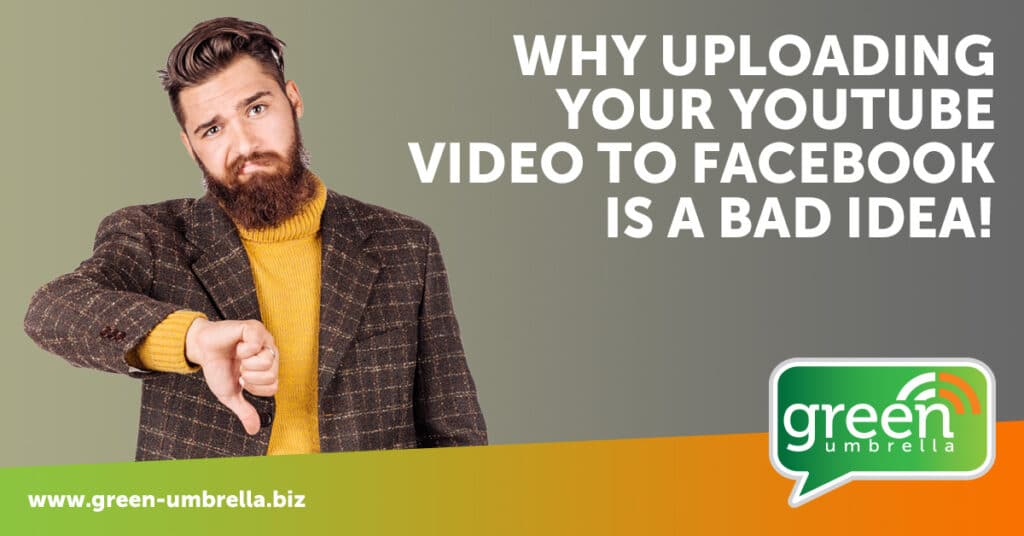You may or may not be aware, but there is a constant war going on between Facebook and YouTube. It’s the battle of the video, and statistics show that YouTube is now the largest video site/app, with 92% of UK internet users accessing it once a month for 27 minutes per day on average
There has certainly been a shift in the way that we consume video on YouTube. I remember the days when people would be looking for “You’ve Been Framed” or “Candid Camera” type videos on YouTube, and it would be the place to watch cute puppy videos or stories that pulled on the heartstrings, but all that has changed. Those types of videos will still be there, but we tend to consume them over on Facebook nowadays.
What style of videos work well on YouTube?
In a recent Ofcom poll the type of videos people frequently consume on YouTube were:
- Music
- How to (a real mix of software, household chores, recipes, etc.)
- Product reviews (box opening was very popular)
- Funny videos, such as jokes, pranks and challenges
- Movies, trailers
- Game cheats
- Regular YouTube shows (Youtubers)
- Interviews
- Advice
Why should you NOT post your YouTube videos onto Facebook?
As previously mentioned, Facebook does not like YouTube (owned by Google). Therefore anything that you post to Facebook that takes its audience away from the platform will not be seen in a good light. The Facebook algorithm will simply give any YouTube link less reach.
Should you only post funny videos to Facebook?
No! All of the videos mentioned above for YouTube should still be created, but the native file (MP4 or .wav file) should be uploaded to Facebook directly. I know this means double the work, but if you have put all that effort into creating a video then you want as much exposure from it as possible.

A few tips for Facebook video:
- Always upload a call to action with each video
- Always add captions to your video. There is a feature within Facebook to do this. Many people watch Facebook video in silent mode, so get more exposure by uploading captions. (Check out Rev.com for a quick and easy transcription service)
- Add a custom thumbnail if you want to give your video a professional feel
- Add links in your description
- Schedule your video to be posted at optimised times. (Check your insights to see when is the best time to post)
- If the video is relevant, then share the link to your Groups and personal timeline. (right click and copy video URL)
A few tips for YouTube video:
- Create consistency in your brand, ie: Your channel art, logo, custom thumbnails should all feel the same
- The title should ideally be under 80 characters, and front loading keywords into the title works better than backloading
- Add a custom thumbnail to give your video a professional feel
- Always add a link to your website in the description
- Add subtitles or captions to your videos. You can activate this within YouTube, or add them before you upload the file.
- Use annotations sparingly. There is nothing more annoying than being distracted by constant annotations.
- Add a minimum of five tags/keywords to your video. These words should also appear in the description. Cap the keywords at eight.
- Distribute your video to as many places as possible
Summary
In summary, Facebook and YouTube have very different audiences. Not only do I constantly see YouTube links on Facebook, but I am also seeing Facebook live streams on YouTube. If you are going to live-stream to Facebook and want to publish the content to your YouTube channel, then you will have better results if you use software such as Restream to live stream to both channels simultaneously.
Remember, it’s all about the algorithms. Play the game and you will be successful. Good luck!

Christina Robinson is the Managing Director of Green Umbrella Marketing. She provides Social Media Training and Coaching for a range of clients throughout the UK.
Share this!


